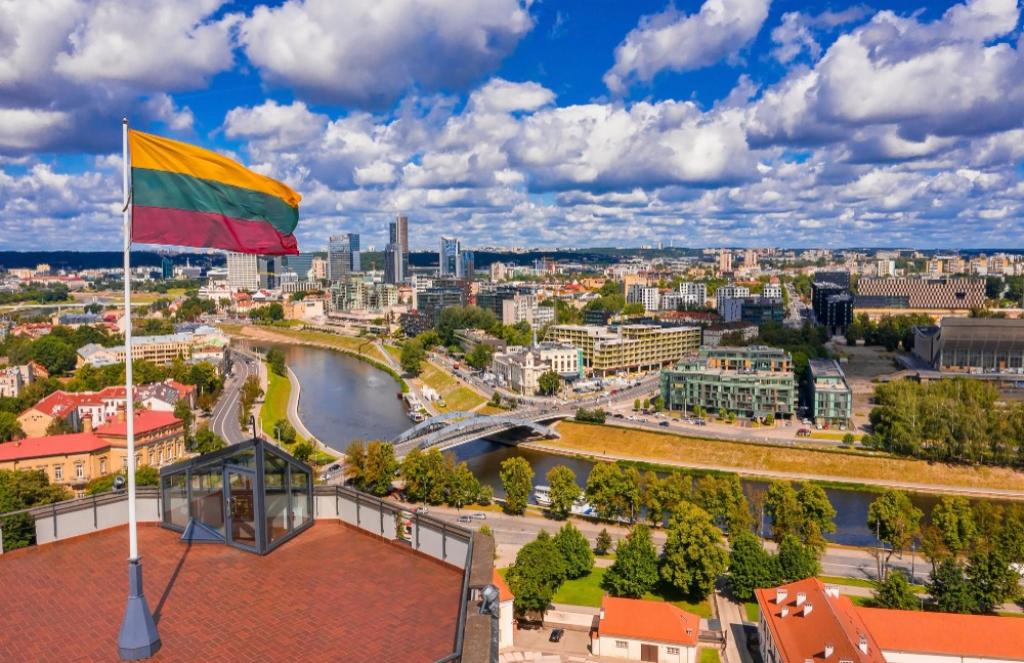Lithuania’s GDP growth solid, but concerns loom over future
Lithuania’s economy posted solid growth in the first quarter of this year despite geopolitical risks and lingering uncertainty, but economists warn that the outlook for the remainder of the year is less optimistic.
Official statistics showed that Lithuania’s GDP grew by 3.4 percent year-on-year and by 0.6 percent quarter-on-quarter in the first quarter. Šiaulių Bankas’ chief economist, Indrė Genytė-Pikčienė, noted that preliminary data had already indicated impressive growth in industrial output and solid retail trade, excluding fuel sales.
“This indicates that the household consumption pillar remains strong, with purchasing power continuing to rise despite the rebound in inflation. Wage growth is outpacing inflation, and consumption remains resilient. Lower interest rate pressures and an uptick in lending have also supported the positive indicators,” she told BNS.
SEB economist Tadas Povilauskas said that the better-than-expected annual GDP growth is good news for Lithuania in the EU context.
“I had projected 3 percent annual growth, and we got 3.2 percent (seasonally and calendar-adjusted), so it was actually slightly better than expected,” Povilauskas told BNS.
“This slight overshoot is good news. With both our quarterly and annual growth figures, we’ll again rank fairly high in the EU, which shows that the first quarter brought no major negative surprises for the economy,” he added.
According to Povilauskas, the main driver of GDP growth, both quarter-on-quarter and year-on-year, was the industrial sector.
“What’s encouraging is that most industrial sectors expanded – furniture manufacturing, wood products, metal processing, and optics,” he said.
Genytė-Pikčienė noted that the positive momentum seen in early 2024 has so far continued, but economic sentiment and consumer expectations are beginning to weaken, indicating that anxiety and geopolitical risks are already weighing on the outlook for both households and businesses.
“The strong economic expansion we’re witnessing now is not guaranteed to last. The full-year result may be more modest than the strong start suggests, due to growing uncertainty,” she told BNS.
The Šiaulių Bankas analyst added that this will depend on the level of political will and the extent of European fiscal support for defense.
Povilauskas said second-quarter GDP growth is likely to remain around 3 percent, but the second half of the year is more uncertain, with growth potentially slowing to about 2 percent.
“For now, we’re pleased with the first quarter, but we all know that import tariffs for Europe came into effect on April 2. As a result, there are expectations of slower economic growth in the coming quarters,” the SEB analyst said.





